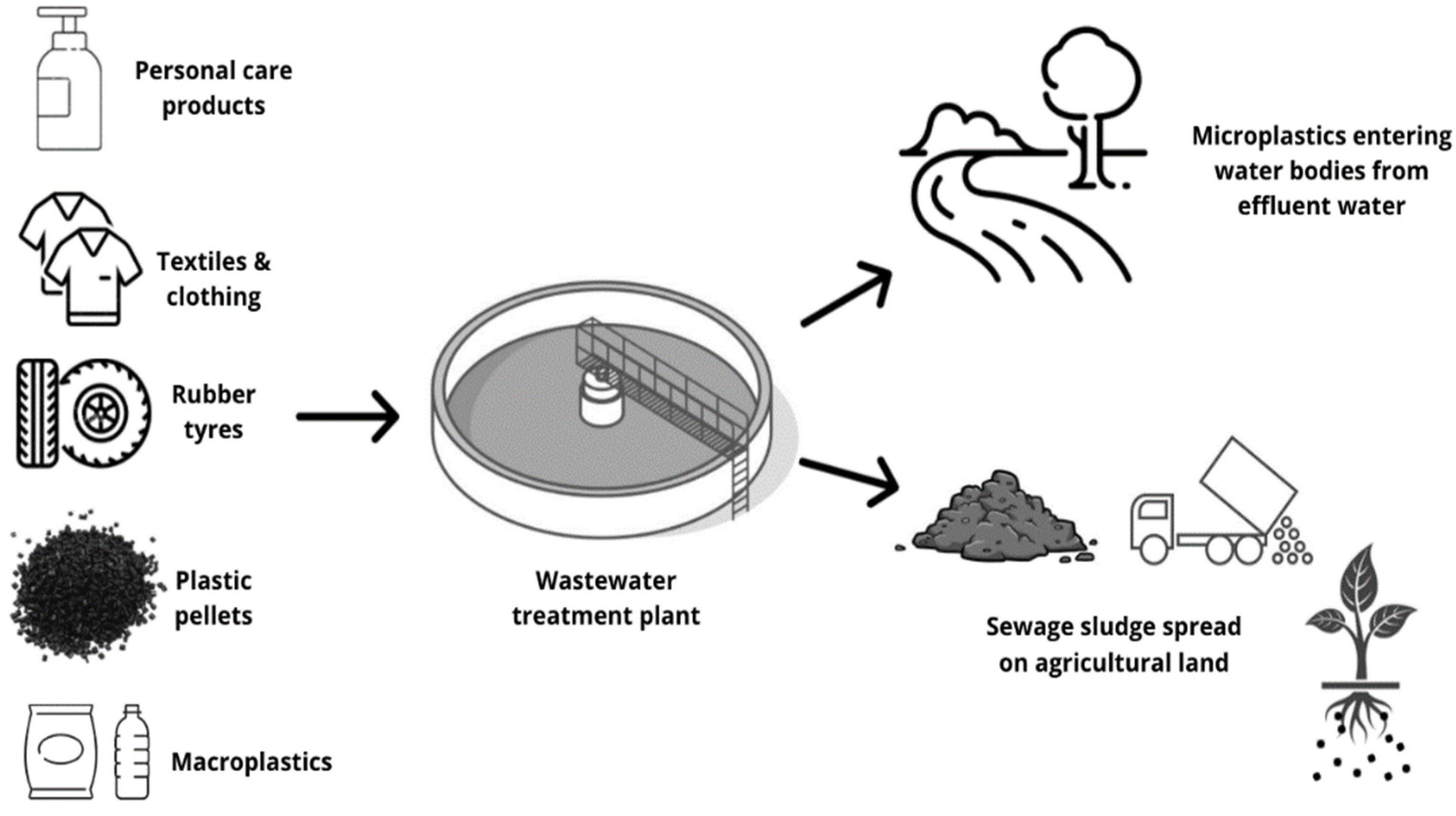Study On Sludge To Find Potential Usage As Fertilizer
Context:
A first-of-its-kind analysis of the sludge found in Indian sewage treatment plants (STP), set up to treat polluted water from the Ganga, found that most of it had “high potential” for use as fertilizer, but required treatment before it could be used unrestricted on farms or as a potential biofuel.
 Points to Ponder:
Points to Ponder:
- A study by the Indian Institute of Technology (IIT), Roorkee analyzed the sludge found in Indian sewage treatment plants (STP) set up to treat polluted water from the Ganga.
- The study found that most of the sludge had “high potential” for use as fertilizer, but required treatment before it could be used unrestricted on farms or as a potential biofuel.
- The National Mission for Clean Ganga’s initiative, “Arth Ganga,” aims to derive livelihood opportunities from the river rejuvenation program by monetizing and reusing treated wastewater and sludge.
- The initiative plans to convert sludge into usable products such as manure and bricks.
- Treated sludge can be classified as class A or B, as per the standards of the United States Environment Protection Agency. Class A sludge is safe to be disposed of in the open and useful as organic fertilizer, while class B sludge can be used in “restricted” agricultural applications.
- The study found that most of the sludge analyzed after drying fell into the class B category.
- Nitrogen and phosphorus levels in the sludge were higher than those recommended by India’s fertilizer standards, while potassium levels in some samples were less than recommended.
- The total organic carbon in the sludge was more than 16%, again higher than FCO recommendations, but the degree of pathogens, as well as heavy metal contamination, was above the recommended standard.
- India does not yet have standards classifying sludge as class A or B, so more data about the chemical characteristics of the sludge is needed to determine appropriate treatment and safe disposal practices.


 Points to Ponder:
Points to Ponder:
